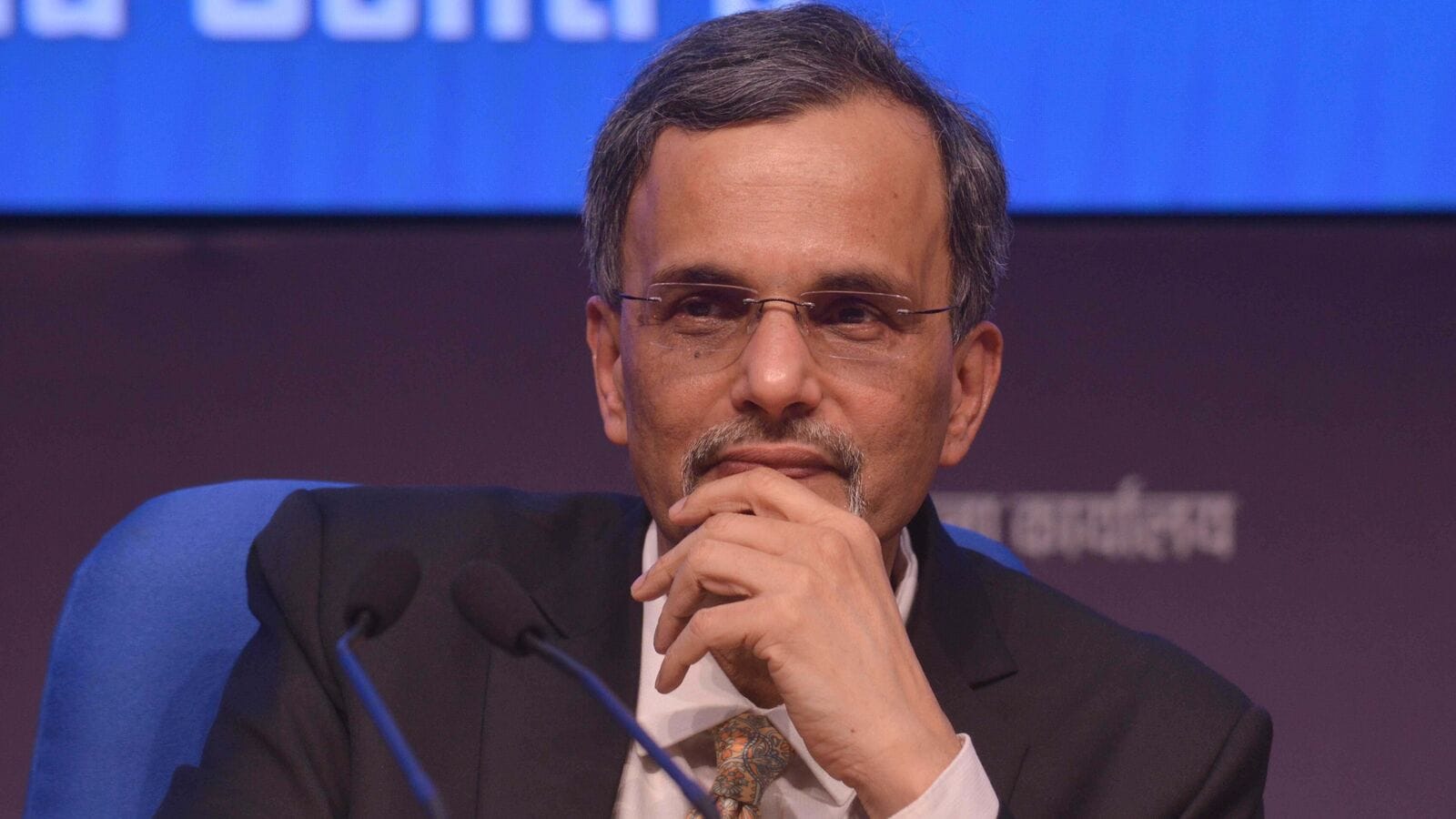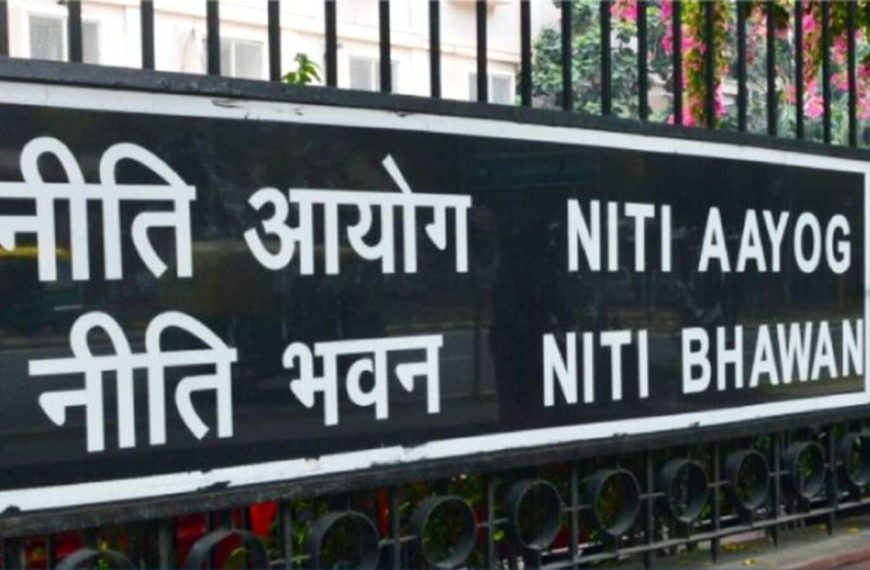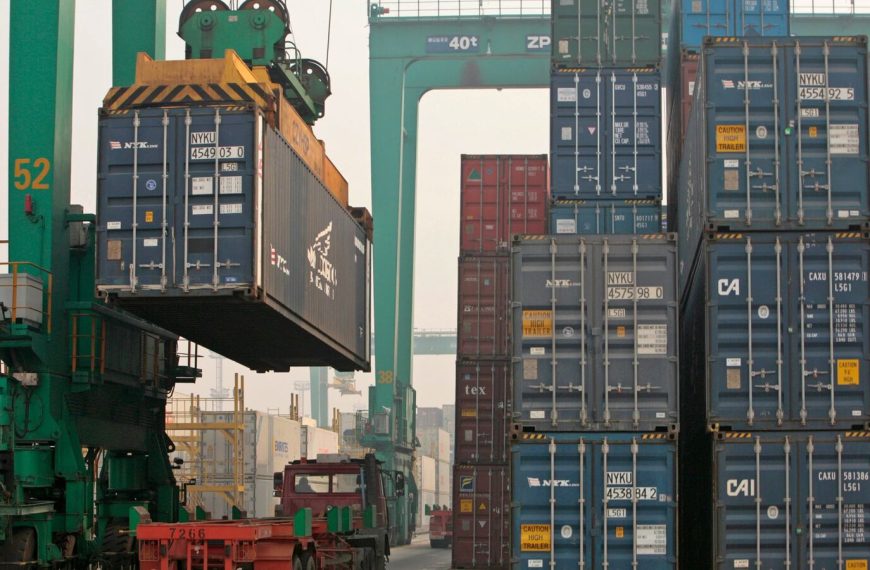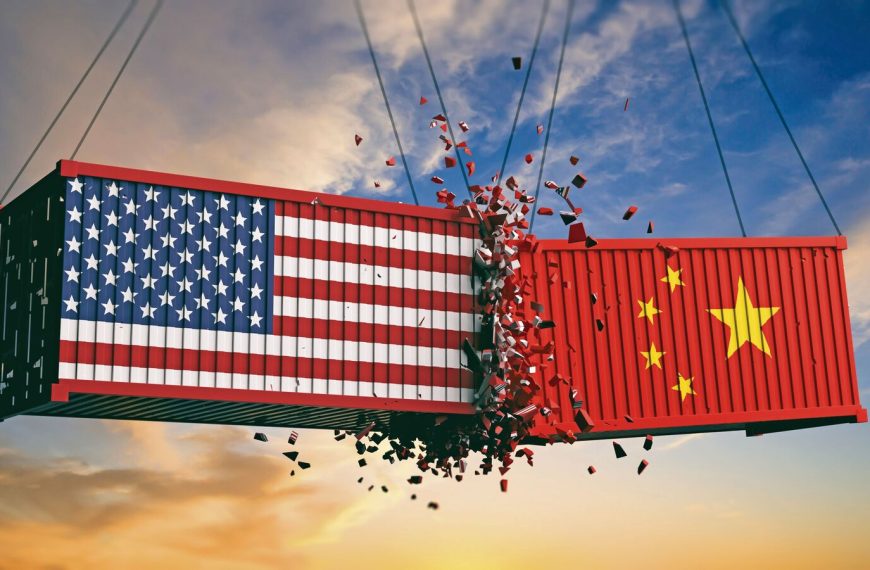India’s Chief Economic Advisor, V Anantha Nageswaran, recently shared insightful perspectives regarding the implications of U.S. President Donald Trump’s reciprocal tariffs. He emphasized that the effects of these tariffs are multifaceted and should be analyzed through different lenses. The potential repercussions on growth could manifest in several layers, making it essential to consider not just immediate impacts but also subsequent ones.
Understanding the Layers of Tariff Effects
In an enlightening interview, Nageswaran detailed the first, second, and third-round effects of the tariffs.
-
First-Round Effects: These include the direct impact on exports to the U.S. and how effectively Indian businesses can adapt, along with the capability of U.S. consumers to absorb changes in pricing.
-
Second-Round Effects: This aspect focuses on countries with significant export shares and how they might be influenced by the tariffs. If nations facing stricter tariffs see a decline in their exports, it could inadvertently affect India’s exports to those markets too.
- Third-Round Effects: Nageswaran highlighted that fluctuations in financial markets could alter consumer sentiment and spending, thereby influencing overall consumption patterns. The interconnectedness of these effects makes it complex to evaluate the situation merely in relative terms.
Financial Market Impacts on Growth
The Chief Economic Advisor pointed out that the ripple effects from financial markets will significantly impact growth outcomes for the year. A downturn in market sentiment can lead to decreased consumption, further complicating the economic landscape.
Finding the Silver Lining
Despite the challenges posed by these tariffs, Nageswaran noted a potential silver lining—the recent decline in energy prices. He remarked, “While we cannot control the external environment, the drop in crude oil prices presents an opportunity.”
Policy Recommendations for Businesses
From a strategic standpoint, Nageswaran urged the need for policy reforms to lower the cost of doing business in India. He stated, “To mitigate the impact of tariffs, we should focus on deregulation and creating a more favorable operating environment domestically.”
By streamlining processes and reducing operational costs, India could better absorb the challenges posed by these tariffs.
Conclusion
In summary, V Anantha Nageswaran’s insights into the complexities of U.S. tariffs underscore the need for a comprehensive approach to economic policy. While challenges exist, opportunities—such as lower energy costs—can be harnessed to bolster India’s economic resilience. Keeping a close eye on the unfolding effects of these tariffs will be crucial for stakeholders across various sectors.











